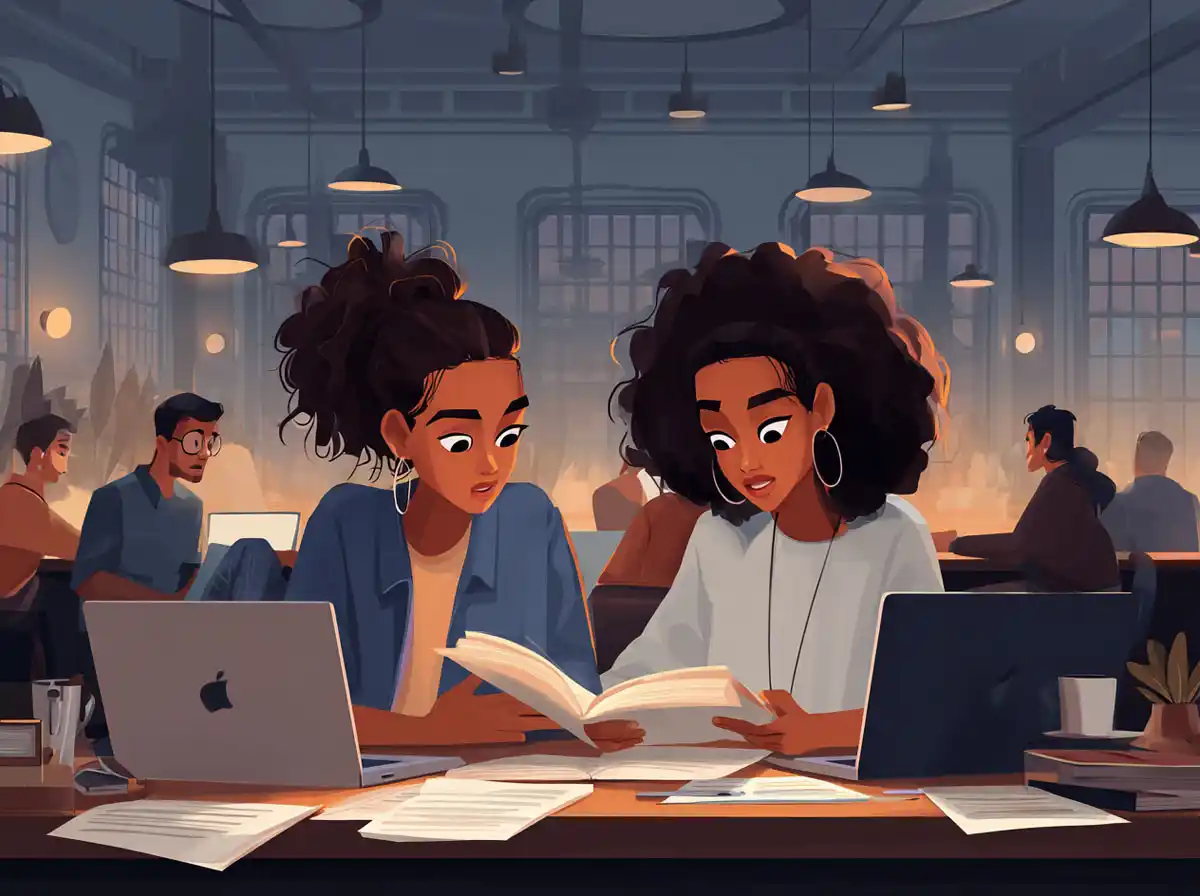Understanding चित्र (Chitra)
The word चित्र (chitra) refers to a picture but is generally used to denote drawings, paintings, or illustrations. This could be anything from a child’s sketch to a detailed, artistic painting in a gallery. The term emphasizes the artistic aspect and creation process of the image.
मेरे कमरे में एक सुंदर चित्र लगा है। (There is a beautiful painting hanging in my room.)
In this example, चित्र is used to describe a painting, highlighting its aesthetic and decorative purpose.
Understanding तस्वीर (Tasveer)
On the other hand, तस्वीर (tasveer) typically refers to a photograph or a photographic image. This word is used when talking about images captured using a camera or similar device. It can include everything from a casual snapshot on a phone to a professionally captured photograph.
क्या मैं आपकी तस्वीर ले सकता हूँ? (Can I take your photograph?)
Here, तस्वीर is specifically used to mean a photograph, emphasizing the act of capturing a real-life moment.
Usage in Different Contexts
To further illustrate the difference between चित्र and तस्वीर, let’s explore their usage in various contexts.
आर्ट गैलरी में कई पुराने चित्र थे। (There were many old paintings in the art gallery.)
In this sentence, चित्र is used to refer to paintings displayed in an art gallery, underscoring their artistic value.
मैंने अपने फोन में बहुत सारी तस्वीरें संग्रहित की हैं। (I have stored many pictures in my phone.)
Here, तस्वीरें (plural of तस्वीर) indicates photographs stored digitally, pointing to the modern usage of capturing memories.
Cultural Significance
Both चित्र and तस्वीर hold significant cultural importance in India. Artistic paintings (चित्र) are a vital part of India’s rich artistic heritage, seen in various forms like Madhubani paintings, Rajput painting, and more. They are not only a form of artistic expression but also a medium to convey historical and mythological narratives.
Photographs (तस्वीर) also play a crucial role in contemporary Indian society. From family albums to photography in Bollywood, capturing moments through photographs is deeply ingrained in daily life and celebrations.
हर दिवाली पर, हम परिवार की तस्वीर जरूर लेते हैं। (Every Diwali, we always take a family photograph.)
This sentence illustrates the tradition of capturing family moments during festivals, showing the cultural importance of photographs.
Conclusion
In conclusion, while both चित्र and तस्वीर can be translated to “picture” in English, their usage in Hindi depends largely on the context—चित्र for drawings and paintings, and तस्वीर for photographs. Understanding these nuances not only helps in using the language accurately but also enriches your interaction with the culture associated with the language. As you continue your journey in learning Hindi, paying attention to such details will enhance your fluency and comprehension, allowing you to communicate more effectively and appreciate the rich tapestry of meanings in every word.










